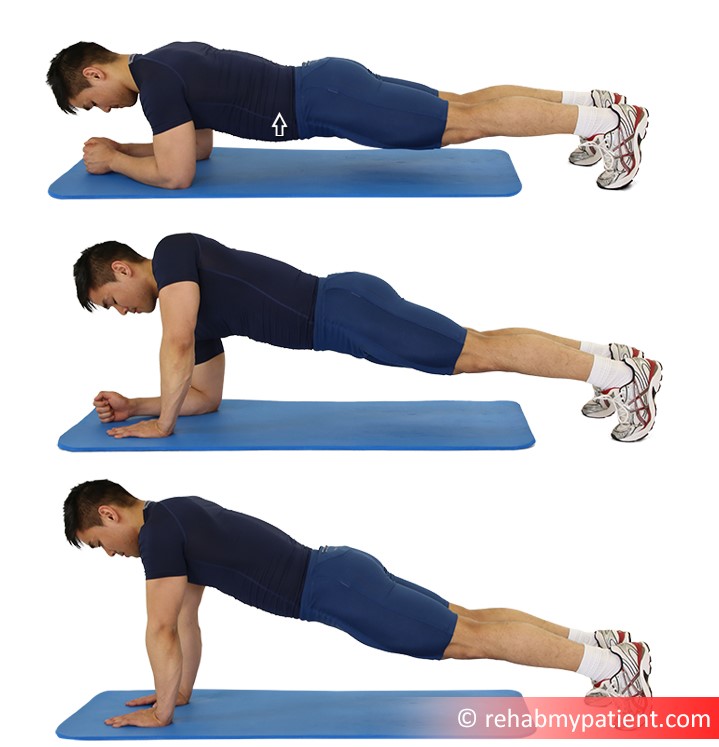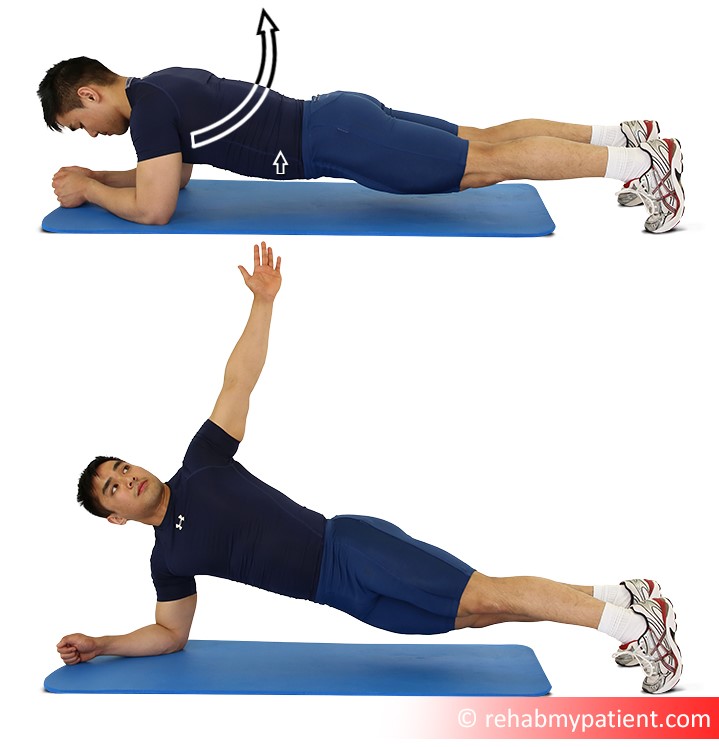
An oblique muscle strain is a strain to one of the muscles within the abdominal wall. Muscle strains occur whenever the muscles are stretched beyond their limits. Whenever this occurs, the muscle fibers end up tearing. Most of the time, the strain causes a microscopic tear in the muscle. On rare occasions, in instances where severe injury or velocity have occurred, the muscle might wind up rupturing from where it is attached.
Oblique muscle strains are not particularly common. They can be caused by:
- Sports trauma.
- Over-use of the abdominal muscles such as in cases of over-training in the gym, repeated sit-ups, or sports that involve a lot of oblique muscle strength.
- Blunt trauma such as an impact in martial arts or boxing.
The main symptom of an oblique muscle strain is pain at the side or front/side of your abdomen. It is also likely that you will have some pain twisting from a seated position, and experience pain when rising from a bed.
Oblique Muscle Strain Anatomy
The oblique muscles are part of the abdominal muscles. These muscles are located between the pelvis and the ribs making up the waist. Oblique muscles work to rotate the trunk and allow it to bend. External oblique muscles are the larger muscles that lie close to the skin surface. Internal oblique muscles lie deeper inside of the abdomen and are situated below the external oblique muscles.
These muscles might end up being strained from a direct blow to the abdomen area, overusing the muscles and forcefully bending or twisting movements. If any symptoms of strain appear, it is imperative that you treat them quickly. Strains that aren’t treated properly can become far more serious and chronic.
How to Treat an Oblique Muscle Strain:
- Rest and Recover
Firstly, let the injury settle down and recover. Don’t try to participate in sport too early.
- Ice
Apply ice to the affected area for 5-10 minutes at a time three to five times per day. Make sure to wrap the ice in a thin towel to prevent ice burn. The ice will help to minimize swelling and pain in the affected areas. It will also work to limit potential bleeding within the injured tissues.
- Therapy
Your sports therapist will be able to treat the area using massage, electrotherapy and also advise you on which exercises you can and cannot do. They will also guide you on how and when to return to work.
- Resistance Exercises
Gentle exercises are important in helping to align any scar tissue that formed during the healing process. When the scar tissue is aligned along the normal stress lines, the tensile strength within the healing muscle ends up becoming enhanced.
- Core Exercises
Core stability and core strengthening exercises help to improve muscle function around the trunk and pelvis to reduce the chance of another strain. Use an exercise mat, resistance bands and Swiss ball. Once you have improved your core strength, you can return to normal functional activities. Gentle jogging can occur at 12 days post injury, while bowling will require three weeks before you are able to resume the activity.


Tips:
- Avoid twisting or bending the trunk in an improper way to prevent any muscle strain on the oblique muscles.
- A cool down enhances recovery after engaging in any training sessions. It works to eliminate waste products from the muscles.
- Maintaining proper muscle flexibility and strength will help to prevent strains from occurring.
- Return to activity slowly, and only perform those movements that aren’t painful.
- Take time to warm up before training and matches to decrease injuries from stretching the muscles. The muscle becomes more extensible when its temperature has increased by a couple degrees.
Sign UP
Sign up for your free trial now!
Get started with Rehab My Patient today and revolutionize your exercise prescription process for effective rehabilitation.
Start Your 14-Day Free Trial